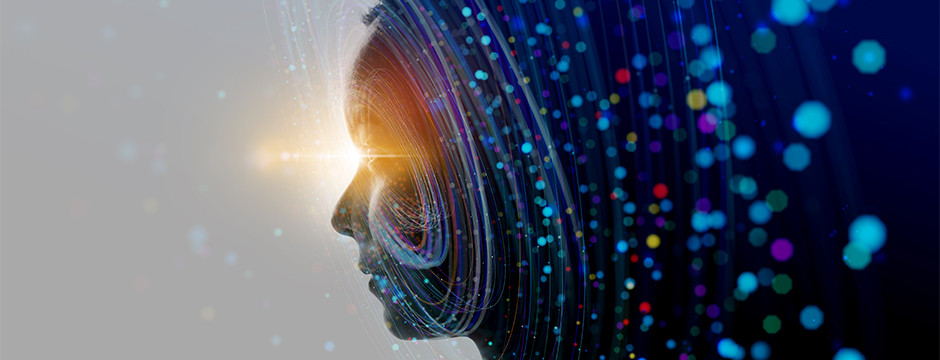Steam. Electricity. Computers. Robotics. Mass Production. Steps in humanity's technological evolution that enabled each of the first three industrial revolutions.
Our current technological level brought us the Internet of Things, advanced human-machine interfacing, and virtual and augmented reality solutions, to list a few of the elements related to the term, justifying the characterization of our current phase as "Industry 4.0".
Unfortunately, as eventually became evident, the term "Industry 4.0" ignored the most crucial element at the epicenter of the supply chain. The factor that powers everything but also the reason industry exists in the first place: us. "Us" as in "humans". And that is precisely what Industry 5.0 aims to correct.
The new paradigm after Industry 4.0
One could easily mistake "Industry 5.0" as a term referring to the next industrial revolution. However, it refers to an evolution - or, rather, "course-correction", instead of an actual revolution.
Industry 4.0 tapped into the marvels of our modern technological landscape to optimize workflows and boost production. However, by centering around technologies, Industry 4.0 treated the human element as a part of the machine.
Industry 5.0 aims to rectify that by treating technology as the enhancer supporting humans in their tasks. An endless stream of assistive technologies can monitor employees' physical and mental status and enhance their abilities.
For example, Augmented Reality (AR) wearables can help workers get up to speed with new concepts and processes in a fraction of the time demanded by traditional approaches to familiarization with foreign topics. Exoskeletons and mimetic or mind-controlled robotics can almost eliminate workers' physical limitations.
Not forgetting about sustainability, Industry 5.0 promotes using bio-inspired technologies and processes. Lightweight, recyclable, intrinsically traceable materials are brought to the forefront.
Digital clones of products and processes can be used to test and holistically analyze them, enabling further optimization and early detection of potential problems.
Their use in tandem with simulation solutions and virtual environments can assist in measuring their effectiveness and ensure operational safety.
Industry, Evolved
As before, data will play the role of the connecting tissue between the digital and biological domains described by Industry 5.0. Groups of interconnected "machines", from personal workstations to networked sensors, will keep producing increasingly vast amounts of data.
Thankfully, this point needs neither a revolution nor an evolution. Many modern data center solutions are already secure, energy-efficient, powerful, adaptable, and advanced enough to power tomorrow's IT infrastructure today.
With the only path leading forward, the rest can only follow suit and catch up with the times.


